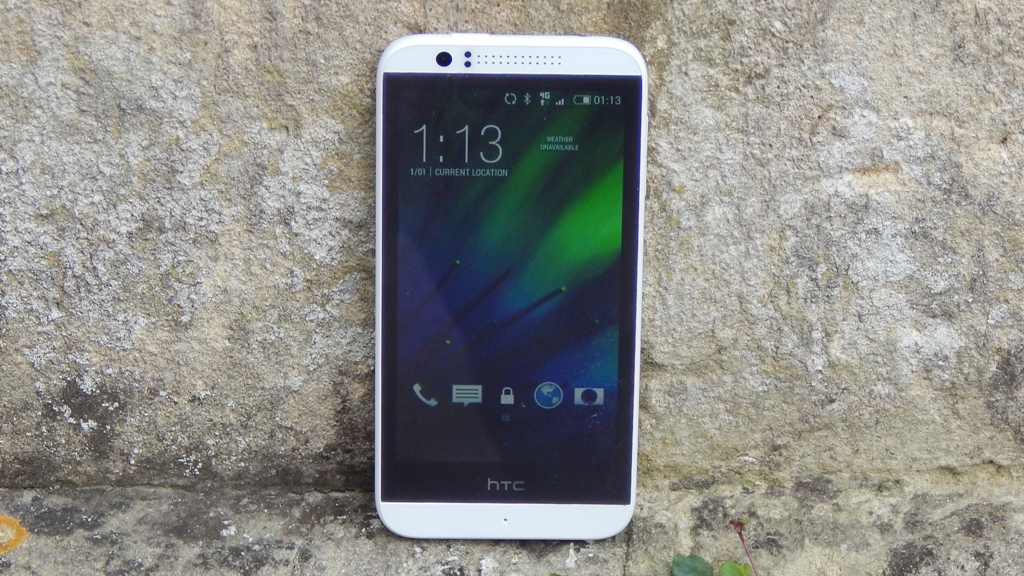TechRadar Verdict
Fast 4G network speeds for a bargain price is pretty tempting, but the HTC Desire 510 isn't quite as desirable as its name suggests thanks to some budget compromises, especially in the screen and camera.
Pros
- +
Speedy operating system
- +
Low cost 4G
- +
Good battery life
Cons
- -
Limited internal storage
- -
Screen is not amazing
- -
Poor camera
Why you can trust TechRadar
The HTC Desire 510 is the Taiwanese company's latest addition to its Desire line up, a range of budget and mid-range smartphones that feature some of the latest mobile technology that you'd normally find in more expensive handsets. Previous entries in this series include the HTC Desire 610 and the HTC Desire 816, which are both good, if rather unremarkable, smartphones.
The hook with the HTC Desire 510, according to its manufacturer, is that it is the cheapest LTE-capable smartphone it has made. At £149 (around $248, AU$265) the HTC Desire 510 isn't the cheapest 4G handset on the market in the UK at least, with the EE Kestrel coming in at just £99.
It's pretty much the same price as the Moto G 4G, which can be had for around £155 (around $256, AU$276), and quite a bit cheaper than the OnePlus One's price tag of £250 (about $414, AU$445) for the 64GB model.
The promise of a blisteringly fast 4G data connection wrapped in an affordable handset is certainly a tempting offer, but can the HTC Desire 510 surpass its predecessors and not just be a 'good enough' phone, but an excellent one?
The HTC Desire 510 has the body dimensions of 139.9 x 69.8 x 9.99mm, but it sits in the hands comfortably enough.
The body itself has rounded edges and looks similar to the Desire 610 – though the front-facing camera is located on the upper-left hand corner of the body, rather than the upper-right.
The choice of going with the HTC Desire 610's more elegant design compared to the Desire 500's more budget (and outdated) look is a good move in my eyes.
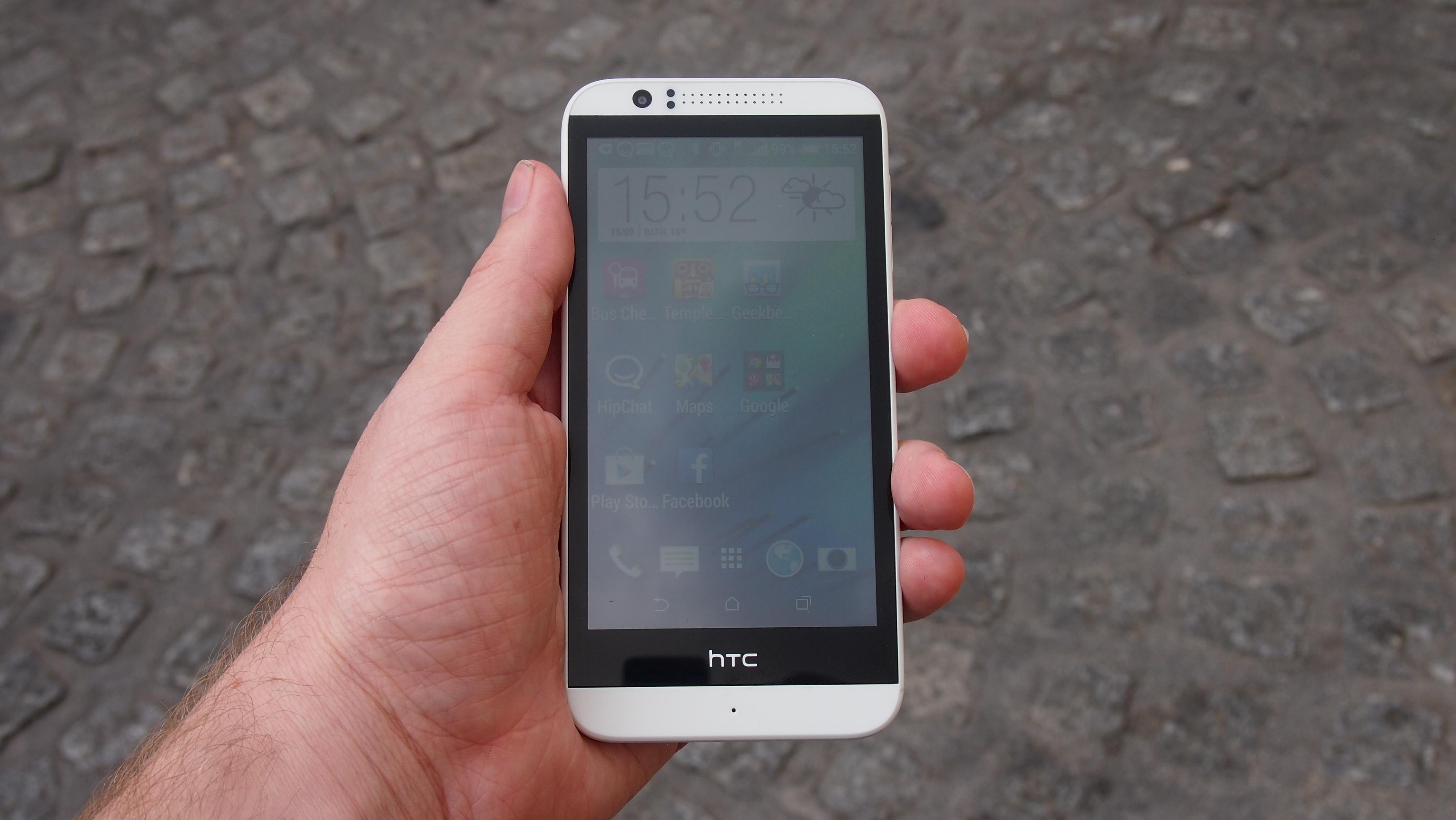
You're not going to mistake the HTC Desire 510 for a high end phone, however. There's no brushed aluminium casing like in the flagship HTC One M8; the HTC Desire 510 is a budget handset after all, so a plastic case is the order of the day here.
Still, the improved design means that at first glance the HTC Desire 510 doesn't look like a budget phone, and can look good next to more expensive smartphones. Essentially you can whip the HTC Desire 510 out of your pocket without people around you recoiling in horror.
The bezel around the HTC Desire 510's screen has been reduced when compared to the HTC Desire 610, which results in the HTC Desire 510 looking sleeker, and not feeling quite so bulky. I found it quite easy to hold the phone whilst using my thumb to scroll over much of the screen. As with the HTC Desire 610, the power button remains on the top, with the volume controls on the right hand side of the case.
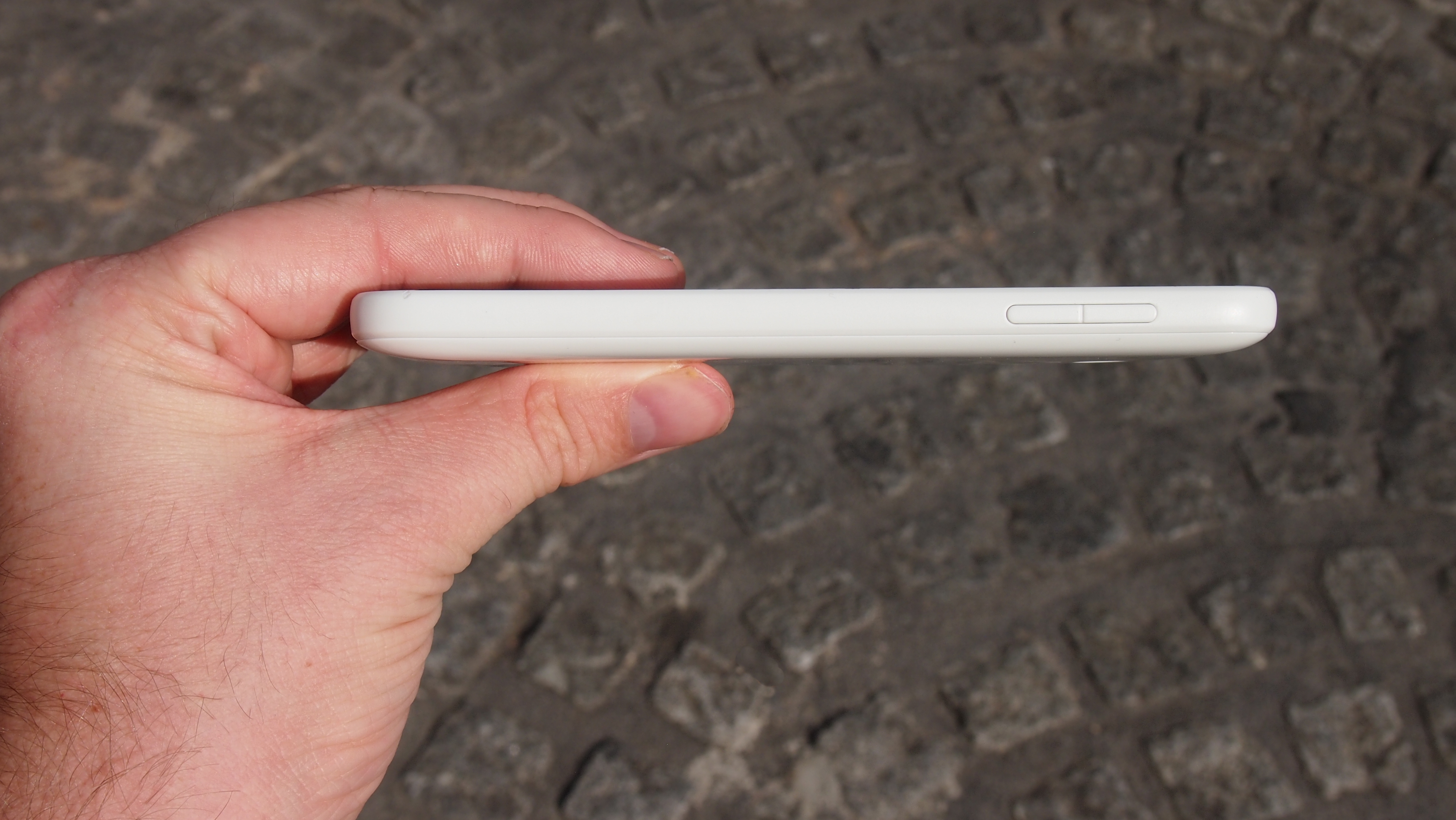
The power button has a nice click to it that feels satisfying and responsive, and its placement (to the left of the top of the case) makes it easy to reach regardless of which hand you use to hold the HTC Desire 510.
The volume buttons don't feel quite as satisfying to use, however, as the shorter travel of these buttons makes them feel softer and less responsive.
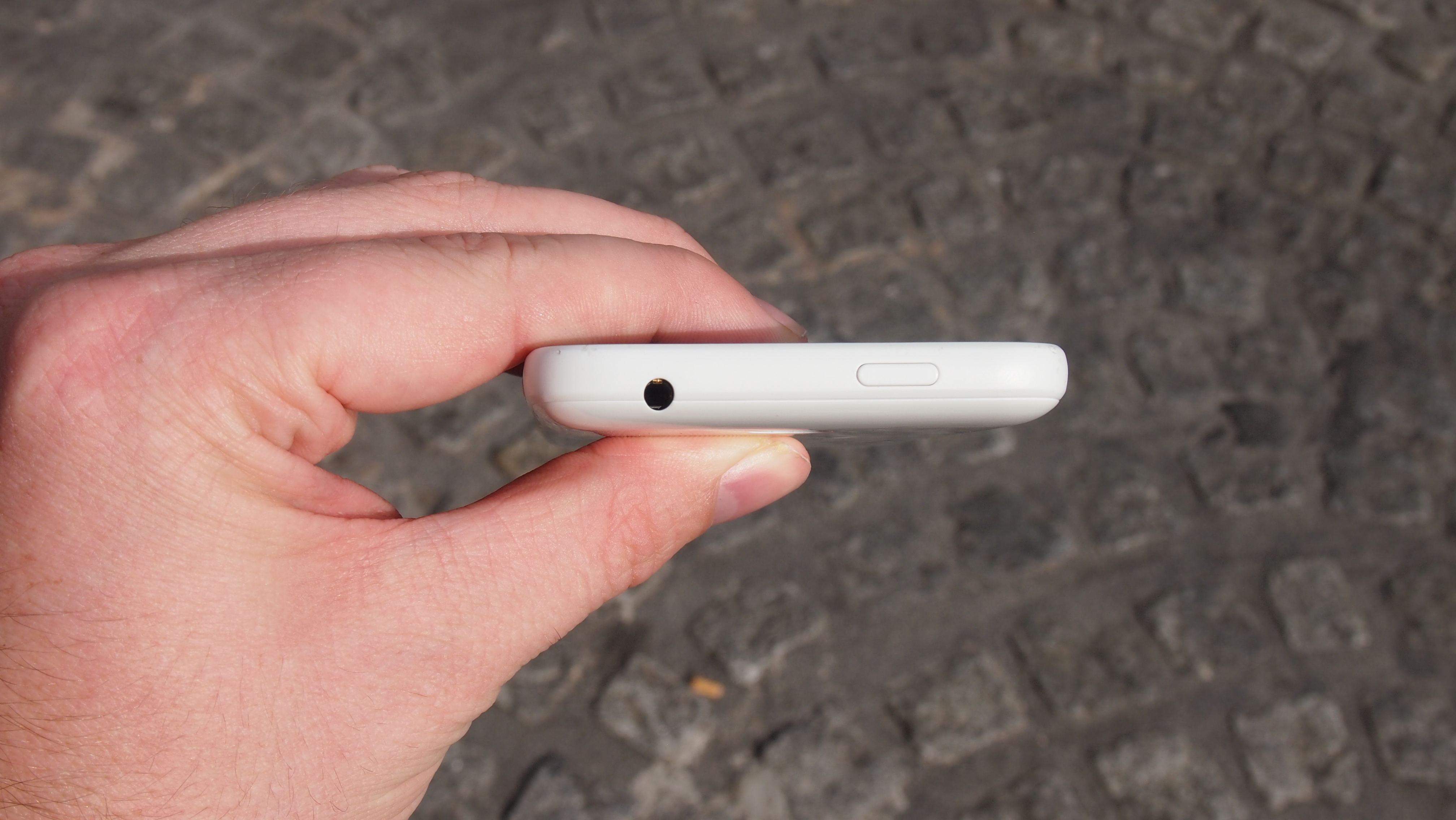
The headphone jack also remains on the top of the HTC Desire 510, which may come as a relief to those of you who find headphone jacks at the bottom of handsets (such as on the iPhone 5c and HTC One E8) a rather fiddly and inconvenient trend.
The back of the case is slightly curved, and it is made of polycarbonate material, which unfortunately gives the HTC 510 a bit of a cheap feel to it – but then, to be fair, this is a cheap phone.
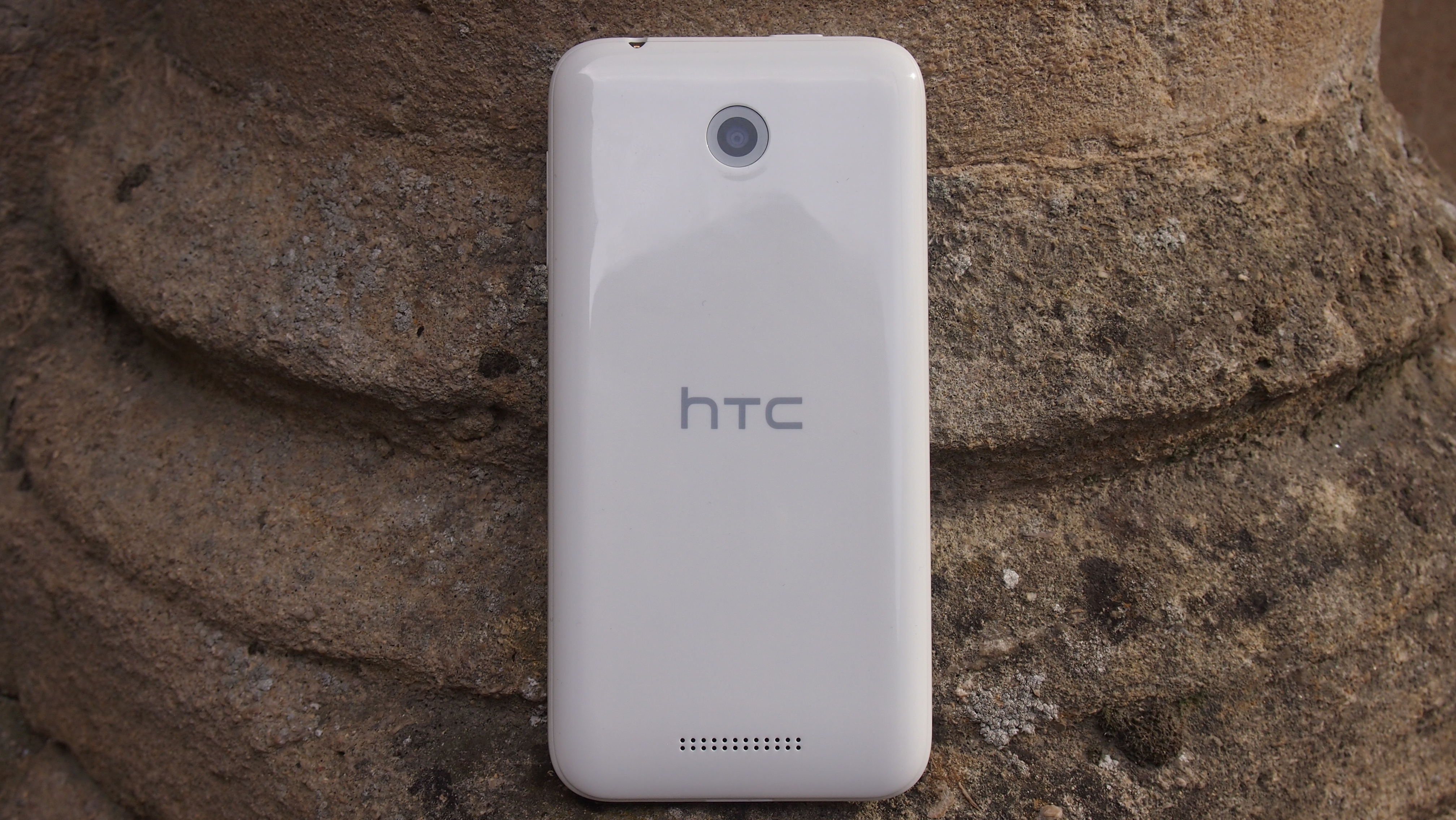
The HTC Desire 510 comes in two colours "Terra White" and "Meridian Grey". The review handset was a Terra White version of the HTC Desire 510, and it's an attractive pure white hue that's reminiscent of early Apple products. The "Meridian Grey", is an attractive charcoal grey that also looks very nice.
The HTC Desire 510 is light enough to comfortably hold in one hand as well, yet it still feels substantial enough that you won't feel shortchanged. Even with the plastic-feeling case, when holding the HTC Desire 510 it feels pretty robust.
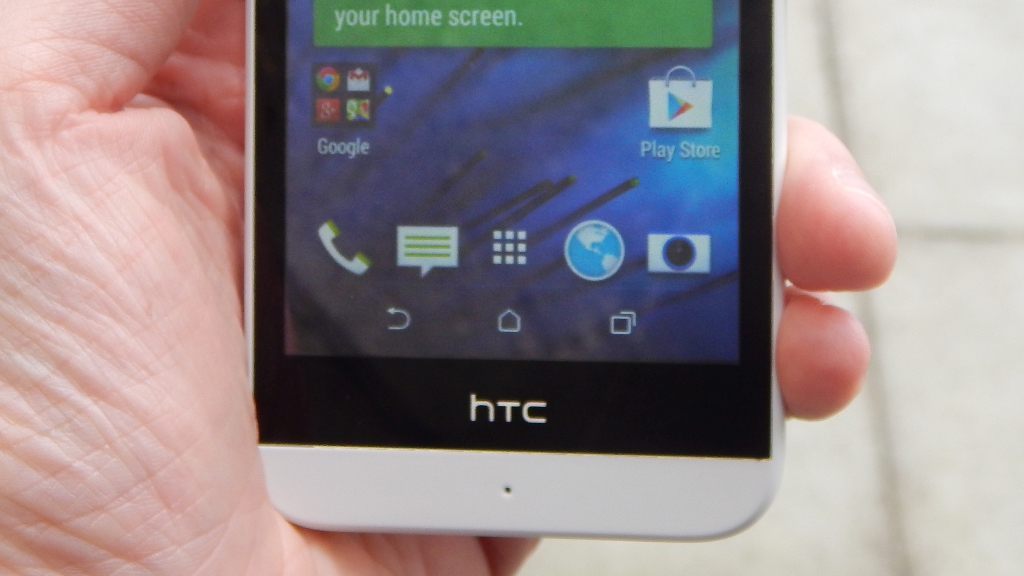
Though I wouldn't recommend flinging the Desire 510 around, it definitely feels like it could take a few knocks and drops in its stride. Crucially, it doesn't feel like it will shatter the first moment you accidentally drop it.
It certainly feels like a well built bit of kit, especially for the price. Hopefully dropping the 510 won't be too commonplace – though the back of the case is slightly curved, the smooth plastic doesn't feel too slippery.
One thing that the Desire 510 case lacks which is present in the 610's case, and in a number of other Android smartphones, is that there is no microSD card port along the side of the case for easy access.
Instead you have to take the back of the case off and remove the battery to insert the memory card. It's not a huge problem, but it is inconvenient and a bit of a shame to see that port removed from being easily accessed on the side.

Matt is TechRadar's Managing Editor for Core Tech, looking after computing and mobile technology. Having written for a number of publications such as PC Plus, PC Format, T3 and Linux Format, there's no aspect of technology that Matt isn't passionate about, especially computing and PC gaming. He’s personally reviewed and used most of the laptops in our best laptops guide - and since joining TechRadar in 2014, he's reviewed over 250 laptops and computing accessories personally.
